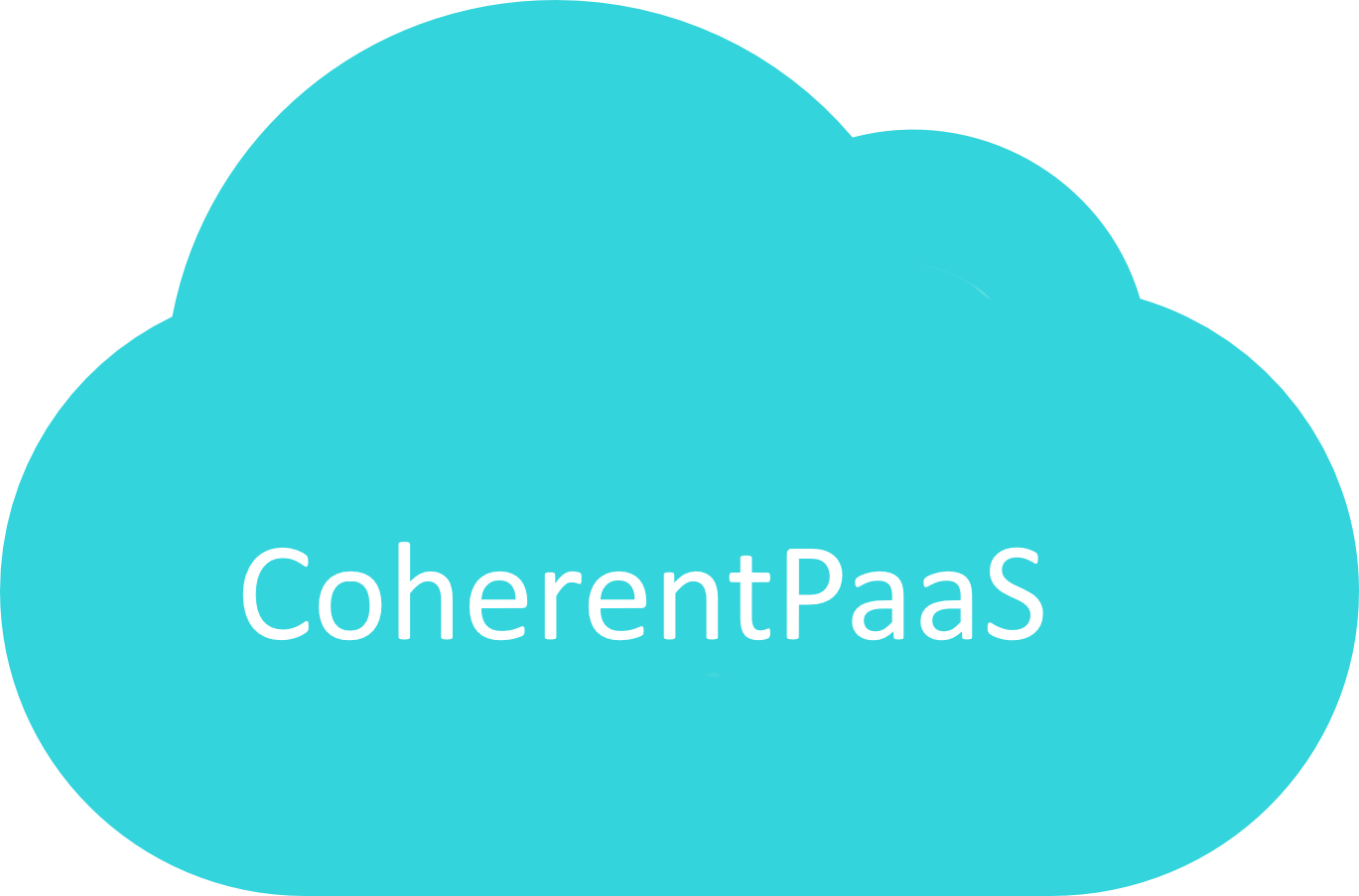European project CoherentPaaS comes to an end
European project CoherentPaaS (Coherent and Rich PaaS with the Common Programming Model), where INESC TEC’s High-Assurance Software Laboratory (HASLab) is partner, was concluded in October. According to the final evaluation of the European Commission, held in Madrid, the results were “very positive”, the team achieved the objectives outlined and did “excellent technical work”.
27th October 2016
The CoherentPaaS aimed to reduce the existing complexity of cloud computing, as well as contribute to the consistency of the data stored in the cloud. One of the major goals of this European project was to combine Structured Query Language (SQL), which is typical of relational databases used in cloud data storage, with native languages of non-relational NoSQL databases, providing a single language that is simpler for programmers. This way, by managing data in an integrated fashion, the CoherentPaaS offers a simple solution that dramatically reduces the complexities facing programmers.
The project is unlike most European projects, not only because it had a large number of partners (11 partners from Spain, Greece, France, Netherlands, United Kingdom and Portugal), but above all because of its rare level of integration, that is, the end result was a system as a whole, with all components connected.
The CoherentPaaS lasted three years and has received more than four million euros from the European Commission. The HASLab team involved in the project featured Rui Oliveira (Member of the Board of INESC TEC), José Orlando Pereira, Ricardo Vilaça and Miguel Matos. In addition to doing research at HASLab, Ricardo Vilaça and Miguel Matos also work at LeanXCale.
The INESC TEC researchers mentioned in this news piece are associated with UMinho.
INESC TEC, October 2016


